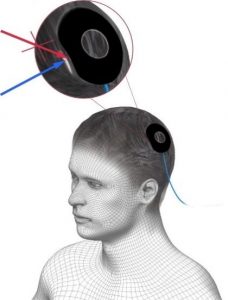The roots of modern behavioral science can be traced all throughout history, from the iconic works of Ivan Pavlov to the revolutionary experiments of B. F. Skinner in the 50’s. Since then, behaviorism has evolved and now encourages the clever use of available resources to delve deep into the complexities of the mind. Skinner’s famous pigeon-utilized “teaching machine” illustrated the ingenuity that can be applied to behaviorism through carefully guided learning structure. Fortunately for pigeons everywhere, behavioral science in the modern age often employs cutting-edge brain imaging technology that allows us to directly correlate brain and behavior without the need for inferential contraptions.
The use of brain imaging technology in behaviorism has become standardized in the past 15 years. However, imaging technology often has its strengths and weaknesses. For example, electroencephalogram (EEG) accurately measures the temporal properties of brain waves but lacks spatial information of where they come from. Interestingly, functional magnetic resonance imaging (fMRI) suffers from the opposite dilemma. Recently, behavioral scientists have refined these methods to allow them to function together in experiments, allowing for one technology to curb the weaknesses of the other.
Given their popularity, many behavioral science graduate students will run into compound imaging experiments. Unfortunately, these methods are often complicated and require specific knowledge to not only learn implementation but also how to get the best possible data. In this JoVE article, researchers at University Medicine Goettingen show a precise method for combining fMRI and transcranial alternating current stimulation (tACS), to study and control particular regions of the brain. Here, we are given a detailed guide on both: how to apply tACS during visual tasks in a fMRI machine and how tACS affects the brain. 
In another JoVE article, researchers from the University of Bern showcase the combination of EEG and tACS. This article tackles a prevailing issue where tACS often disrupts EEG recordings by bombarding the sensitive equipment with artifacts. Here, the researchers offer a detailed explanation that illustrates step-by-step how the two imaging methods can be used in harmony to obtain the clearest possible data.

As behavioral science grows, we will continue to see a reliance on cutting-edge technology in even simpler experiments. Standardization of these methods through publications like the above will be crucial to refining and advancing exploratory imaging of the brain and associated behavior.



